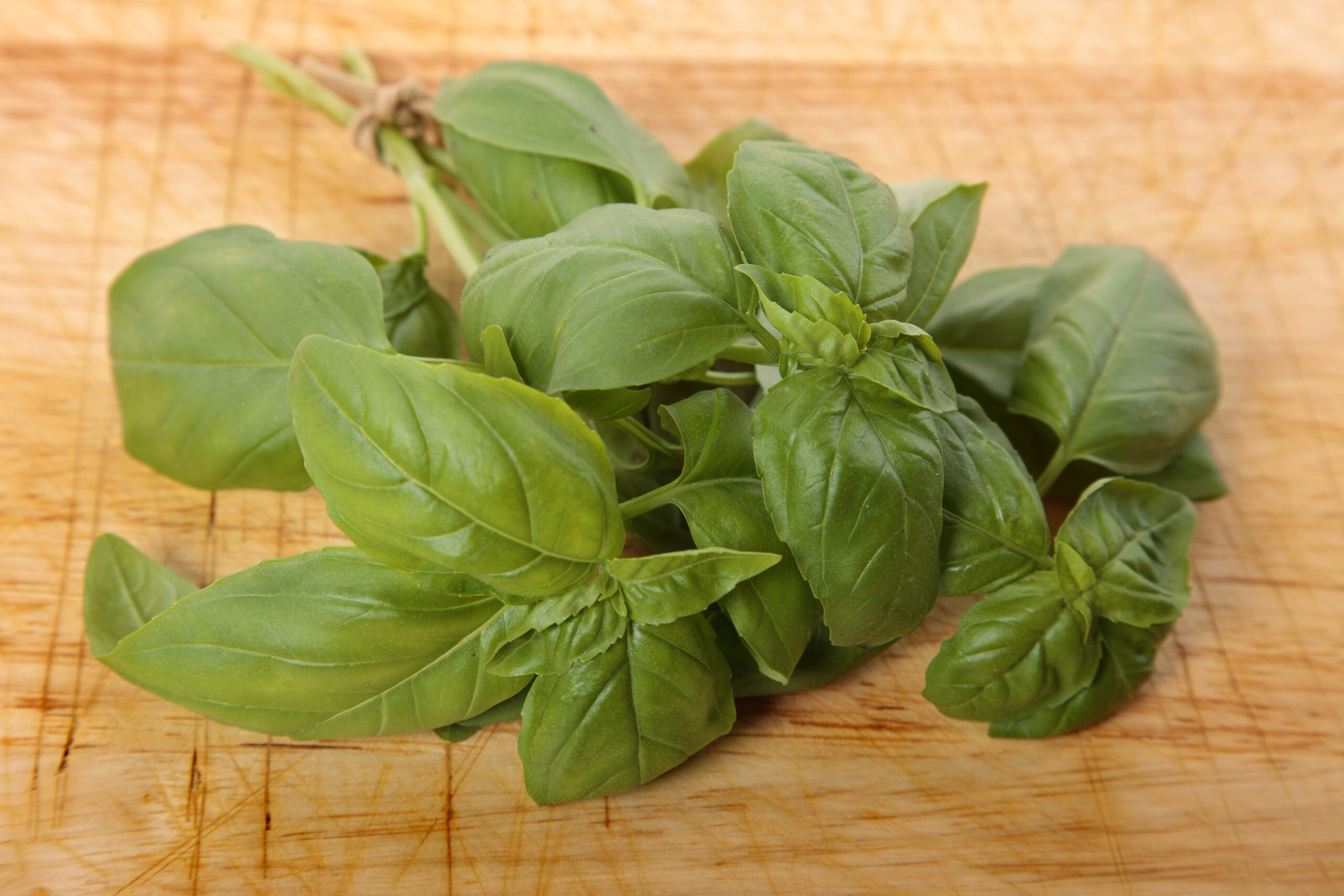For homeowners and gardeners concerned about snakes, utilizing specific plants can be an effective and natural strategy to deter these reptiles. Many plants emit strong scents or possess textures that are unappealing to snakes, creating a barrier between your living space and potential snake encounters. This article explores how to keep snakes out of your yard with plants, detailing various snake-repellent plants, their care, and maintenance, along with practical advice for creating a snake-free environment.
Incorporating snake-repellent plants into your garden offers several advantages. These plants can serve multiple purposes, providing beauty, shade, and habitat for beneficial wildlife while discouraging snakes. Unlike chemical repellents, which can be harmful to pets and the environment, plants offer a natural solution that enhances your landscape. Moreover, a well-planned garden can minimize the likelihood of snakes entering your yard, creating a safer space for children and pets.
Top 10 Plants That Repel Snakes Naturally
Below is a curated list of ten effective snake-repellent plants, along with their botanical names, appearance, and care requirements.
1. Marigold (Tagetes spp.)
- Appearance: Bright yellow and orange flowers, bushy foliage.
- Soil/Light/Water Needs: Well-drained soil, full sun, moderate watering.
- Pros: Easy to grow, attracts beneficial insects.
- Cons: May not thrive in overly wet conditions.
Marigolds emit a pungent odor that snakes find unpleasant, making them an effective deterrent.
2. Lemongrass (Cymbopogon citratus)
- Appearance: Tall, thin green stalks with a citrus scent.
- Soil/Light/Water Needs: Well-drained soil, full sun, regular watering.
- Pros: Culinary uses, aromatic.
- Cons: Can be invasive in some regions.
The strong lemon scent of lemongrass is a natural repellent for many snakes.
3. Garlic (Allium sativum)
- Appearance: Green shoots with bulbous roots.
- Soil/Light/Water Needs: Well-drained soil, full sun, moderate watering.
- Pros: Culinary uses, easy to grow.
- Cons: Requires regular care and attention.
Garlic’s strong smell can deter snakes, making it a useful addition to your garden.
4. Eucalyptus (Eucalyptus spp.)
- Appearance: Tall trees or shrubs with distinctive leaves.
- Soil/Light/Water Needs: Well-drained soil, full sun, moderate watering.
- Pros: Attractive foliage, aromatic.
- Cons: Can grow large, requiring space.
The oil from eucalyptus leaves produces a scent that many snakes avoid.
5. Wormwood (Artemisia absinthium)
- Appearance: Silvery-green leaves with a strong aroma.
- Soil/Light/Water Needs: Well-drained soil, full sun, low water needs.
- Pros: Drought-tolerant, attractive foliage.
- Cons: Can be invasive if not managed.
Wormwood’s bitter taste and strong aroma repel many pests, including snakes.
6. Basil (Ocimum basilicum)
- Appearance: Green, bushy plant with aromatic leaves.
- Soil/Light/Water Needs: Well-drained soil, full sun, regular watering.
- Pros: Culinary herb, easy to grow.
- Cons: Sensitive to frost.
The strong scent of basil can deter snakes and other pests.
7. Rue (Ruta graveolens)
- Appearance: Blue-green leaves with a strong fragrance.
- Soil/Light/Water Needs: Well-drained soil, full sun, moderate watering.
- Pros: Medicinal properties, attractive foliage.
- Cons: Can be toxic if ingested.
Rue’s pungent odor is known to repel snakes and other unwanted visitors.
8. Pennyroyal (Mentha pulegium)
- Appearance: Small green leaves and purple flowers.
- Soil/Light/Water Needs: Moist, well-drained soil, partial shade to full sun.
- Pros: Aromatic, attracts pollinators.
- Cons: Can be invasive.
Pennyroyal emits a strong minty scent that many snakes dislike.
9. Cactus (Various species)
- Appearance: Spiny and often colorful plants.
- Soil/Light/Water Needs: Well-drained soil, full sun, low water needs.
- Pros: Drought-resistant, unique appearance.
- Cons: Spines can be hazardous.
The sharp spines of cacti can deter snakes physically, while their presence may also discourage them.
10. Lavender (Lavandula spp.)
- Appearance: Purple flowers and gray-green foliage.
- Soil/Light/Water Needs: Well-drained soil, full sun, low to moderate watering.
- Pros: Aromatic, attracts pollinators.
- Cons: Requires well-drained conditions.
The strong scent of lavender is known to repel snakes and other pests.
How Snake-Repellent Plants Work
Snake-repellent plants typically deter snakes through their strong scents or textures. Many of these plants contain essential oils that emit odors offensive to snakes, making them less likely to venture near. Additionally, certain plants have rough or spiny surfaces that create an inhospitable environment for snakes. By strategically placing these plants around your property, you can create a natural barrier that discourages snake activity.
Step-by-Step Care Guide for Snake-Repellent Plants
Proper care is essential for the health and effectiveness of snake-repellent plants. Below are step-by-step care instructions for five popular options.
Marigold Care
- Plant marigolds in well-drained soil in a sunny location.
- Water regularly, allowing the soil to dry between waterings.
- Deadhead spent flowers to encourage new blooms.
- Fertilize monthly during the growing season with a balanced fertilizer.
Lemongrass Care
- Choose a sunny spot with well-drained soil for planting.
- Water deeply but infrequently to prevent root rot.
- Trim back in the fall to encourage new growth in spring.
- Divide clumps every few years to maintain plant health.
Garlic Care
- Plant garlic cloves in well-drained soil in a sunny location.
- Water regularly, ensuring the soil remains moist but not soggy.
- Mulch around the plants to retain moisture and suppress weeds.
- Harvest when the lower leaves turn brown and dry.
Eucalyptus Care
- Plant in a sunny area with well-drained soil.
- Water young trees regularly until established.
- Prune annually to maintain shape and remove dead branches.
- Monitor for pests and treat as necessary.
Lavender Care
- Plant lavender in well-drained soil in a sunny location.
- Water sparingly, especially during dry periods.
- Prune in early spring to encourage bushy growth.
- Fertilize with a low-nitrogen fertilizer in the spring.
Seasonal Maintenance Checklist
Maintaining your snake-repellent plants requires seasonal attention to ensure their effectiveness. Follow this checklist to keep your garden healthy and deterrent:
- Spring: Plant new snake-repellent plants, prune existing ones, and apply fertilizer.
- Summer: Monitor for pests and diseases, water regularly, and deadhead flowers.
- Fall: Trim back plants, collect seeds, and prepare for winter.
- Winter: Protect tender plants from frost and evaluate garden layout for effectiveness.
Common Problems and Troubleshooting
Even the best-planned gardens can encounter issues. Below are common problems and their solutions:
Pests
Keep an eye out for aphids and spider mites on your snake-repellent plants. Use insecticidal soap or neem oil to treat infestations. Regularly check for signs of pests and take action promptly.
Diseases
Fungal diseases can affect many plants, especially in humid conditions. Ensure proper spacing and airflow between plants. Remove any affected foliage immediately to prevent spread.
Environmental Stress
Plants may show signs of stress due to overwatering, underwatering, or poor soil conditions. Adjust your watering schedule and amend soil as necessary to provide the best growing environment.
Essential Tools and Safety Tips
To effectively maintain your snake-repellent garden, consider the following essential tools:
- Hand trowel for planting
- Pruning shears for trimming
- Watering can or hose with a spray nozzle
- Gardening gloves for protection
- Soil moisture meter to check soil conditions
When working in areas where snakes may be present, take precautions:
- Wear sturdy boots and long pants to protect against bites.
- Be mindful of your surroundings and avoid tall grass or dense underbrush.
- Keep tools and equipment organized to avoid accidental injuries.
Creating a Snake-Free Garden Naturally
By strategically incorporating snake-repellent plants into your yard, you can create a beautiful and functional landscape that minimizes the risk of snake encounters. With the right care and maintenance, these plants not only enhance your garden but also provide a natural deterrent against snakes. By following the guidelines outlined in this article, you can cultivate a safe and inviting outdoor space for your family and pets.

